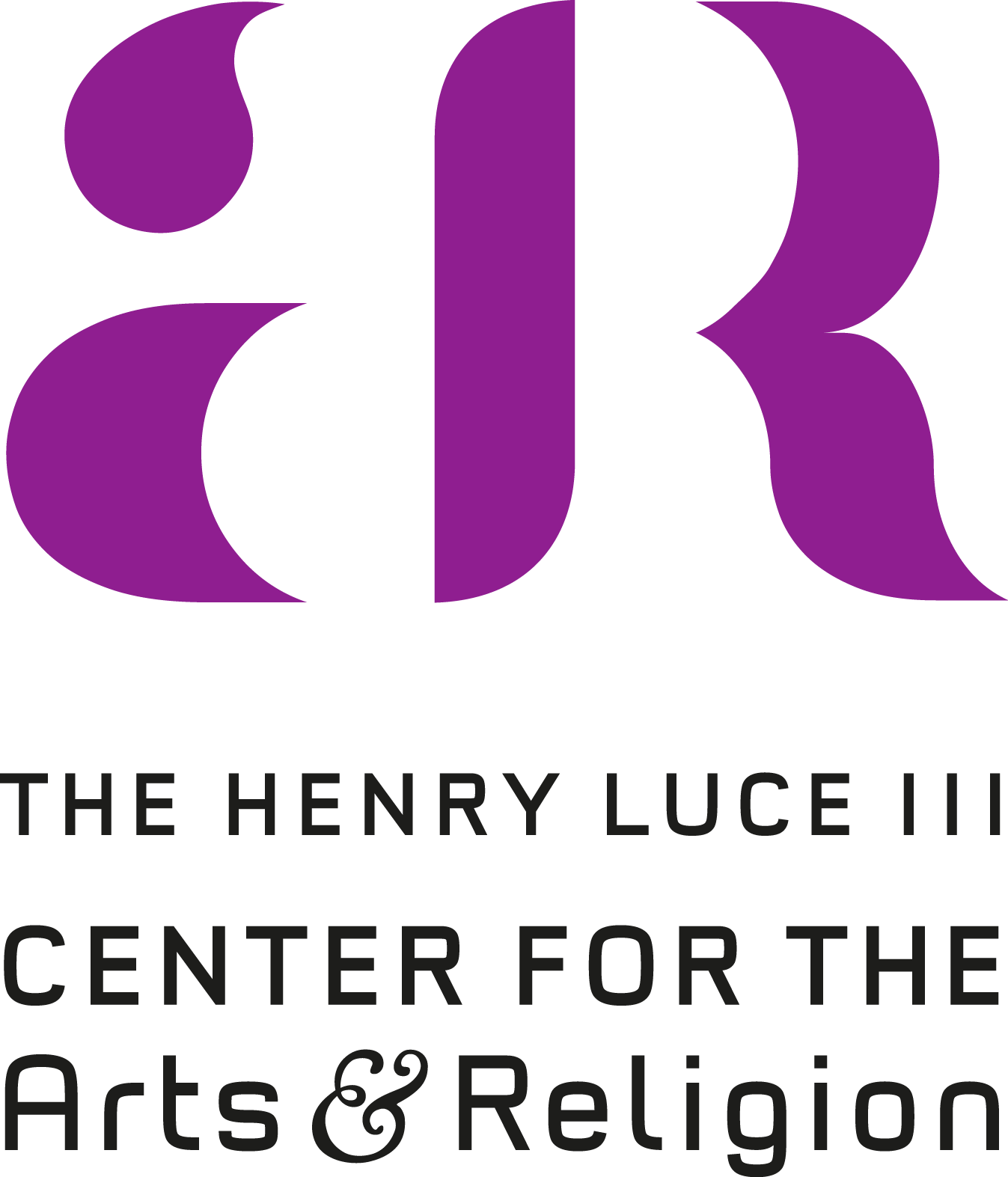Rabbi Peretz Wolf-Prusan
If I Am Only for Myself, 2020
16 x 24”
Serigraph
Before becoming a rabbi and Jewish educator, Peretz Wolf-Prusan spent several years as a full-time crafter of Jewish decorated marriage contracts (ketubot) in the ‘70s and ‘80s. More recently, he has returned to lettering arts, bringing his textual learning to the studio. His inspirations: both traditional Hebrew calligraphy and the poster designs of Ben Shahn and Corita Kent he absorbed in his youth. This piece takes its cue from a verse in Pirke Avot (“Chapters of the Fathers”), a collection of rabbinic proverbs from the second-century CE which remains famous and well-studied in synagogues. The verse, Avot 1:14, asks:
If I am not for myself, who will be for me?
And if I am only for myself, what am I?
And if not now, when?
Wolf-Prusan explores the meaning of this verse through a bold use of layout and design. The first two questions raise the importance of balancing self and community: one needs to be a self-respecting and strong individual, but a life without community or service to others is no way to live. Wolf-Prusan’s piece suggests that the same holds true for letters.
Wolf-Prusan takes the middle question of this verse as his starting-point. He puts the Hebrew of this verse at the top right corner: “And if I am only for myself, what am I?” These letters embody community. They get into each others’ space. Wolf-Prusan varies the colors of the final letters in each line to make a visual pun: the letters in red spell out what might roughly be translated as “I, who am I?” If I am only for myself, who am I?
Not so the large letter in the bottom right. This letter, the alef, is the first letter of the Hebrew alphabet. This letter is only for itself: it stands alone, not in community with any other letters, majestic and proud, a loud contrast to the background. Wolf-Prusan explains that the alef is “one’s self in isolation.” Since Hebrew letters are also numbers, this letter also represents the number one—being alone, but also, perhaps, arrogantly seeing oneself as number one. A letter by itself usually means nothing. Most letters need the community of other letters to make meaning, to make words and sentences.
But the verse from Pirke Avot is not a simple moral message to be selfless. It is about finding the balance of self and community. Wolf-Prusan’s layout asks: Are we finding this in our own lives? Are we like the letters at top right, or are we the alef? And is the alef really as alone as he seems to think? After all, he is still in relationship with the other letters through the shared negative space of the paper.
Perhaps the alef is also an allusion to God. Alef is also the first letter of Adonai, “Lord,” a typical way to refer to God in Judaism. Alef also represents oneness or uniqueness, as in the central Jewish affirmation: “Hear, O Israel: The Lord is our God, the Lord alone” (Deut 6:4). If we see this print representing the relationship between God and Israel, then we see that the two are never truly apart. In much Jewish thought, especially Kabbalah, God needs Israel just as Israel needs God.
—Homrighausen
Further Reading:
Interview with Rabbi Wolf-Prusan for Art and Scroll Studio, April 21, 2021
Prusan, Peretz. A Guide to Hebrew Lettering. Union of American Hebrew Congregations, 1981.
Sabar, Shalom. Ketubbah: Jewish Marriage Contracts of the Hebrew Union College Skirball Museum and Klau Library. Philadelphia: Jewish Publication Society, 1990. (Has some of Wolf-Prusan’s ketubot from the 1970s and 1980s.)
Translation of Pirke Avot from Jonathan Sacks, The Koren Pirkei Avot, trans. Marc Angel (Jerusalem: Koren, 2015), 20.



